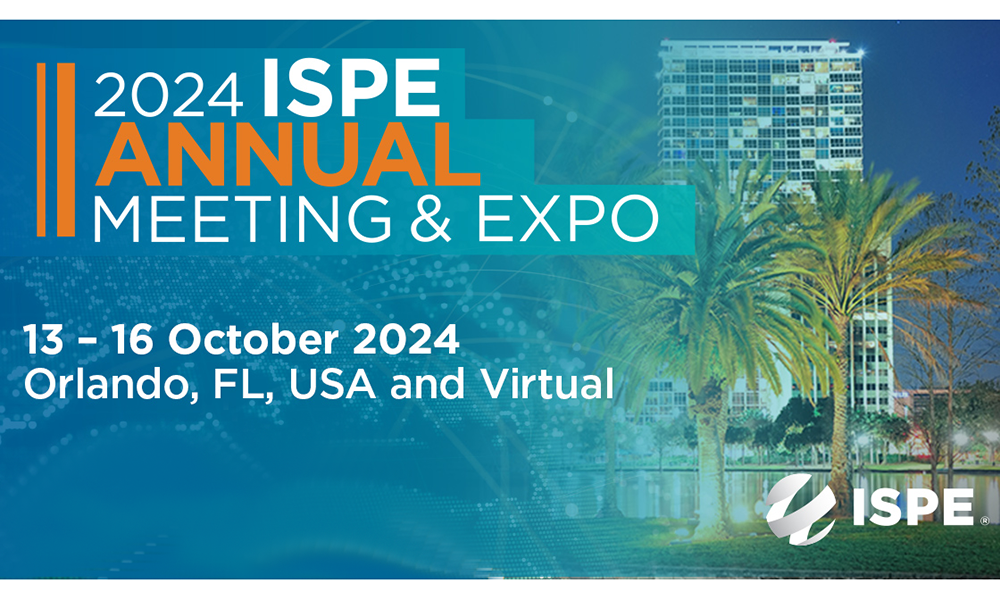The ISPE Patient Centric Specification working group’s objectives are to enable an approach to specification setting that places the focus on ensuring patient safety and efficacy. The approach to the quality specifications for a new drug substance and drug product should be reconsidered to more appropriately comprise QbD concepts. In place of the past reliance on batch history to derive limits, specification limits should consider such things as upstream and downstream controls, impact to other critical quality attributes, impact to the downstream critical process parameters, and most importantly, impact to patient safety and efficacy. In addition, a risk assessment would be completed to evaluate the robustness of the relevant chemistry, manufacturing, and associated controls. Process consistency can be monitored under the pharmaceutical quality system and patient centric specifications can be implemented.
An upcoming webinar, Patient Centric Specifications from an Industry and Regulatory Perspective, will bring regulatory and industry representatives together to discuss their perspectives on implementation of patient centric specifications (also known as “clinically relevant specifications” or “patient centric quality standards”). The rationale for patient centric or clinically relevant specifications are articulated in two quotes from FDA Pharmaceutical Quality Oversight: One Quality Voice.
Clinically relevant specifications can be defined as a set of criteria and acceptance ranges to which drug products should conform in order to deliver the therapeutic benefit indicated in the label.
Clinically relevant specifications increase flexibility within the pharmaceutical manufacturing sector while maintaining quality by establishing acceptance criteria based on clinical relevance, instead of process capability or manufacturing process control.
Several recent publications from industry have focused on the establishment of patient centric specifications, most notably: (1) J. Bercu, et al. “Establishing Patient Centric Specifications for Drug Substance and Drug Product Impurities,” Journal of Pharmaceutical Innovation, Volume 14, Pages 76–89 (2019) and (2) Margaret N. Ruesch, et al. “Strategies for Setting Patient-Centric Commercial Specifications for Biotherapeutic Products,” Journal of Pharmaceutical Sciences, Volume 110, Issue 2, Pages 771-784, (2021).
The webinar will focus on the regulatory experience and expectations for a company to establish patient centric specifications. The session will include brief presentations from industry and regulators and will be followed by an extended panel discussion.
Learning Objectives/Takeaways
- Hear from industry representatives about their perspectives on implementation of patient centric specifications.
- Hear from regulatory representatives about their perspectives on implementation of patient centric specifications.
- Conduct a panel discussion with industry and agency representatives to clarify points of agreement and areas where further discussion is required, focusing on “how does ICH Q6A/B facilitate or impede the implementation of patient centric specifications?”
Whether you’re from development, operations/manufacturing, regulatory, or quality organizations, this topic is relevant to your work to bring new drugs to the patient. Development history and associated resources can be considered to create appropriate patient-centric specifications. These discussions will help facilitate the evolution to this revised approach.
Patient Centric Specifications from an Industry and Regulatory Perspective
Tuesday, 30 November, 1100-1330 ET
Register




